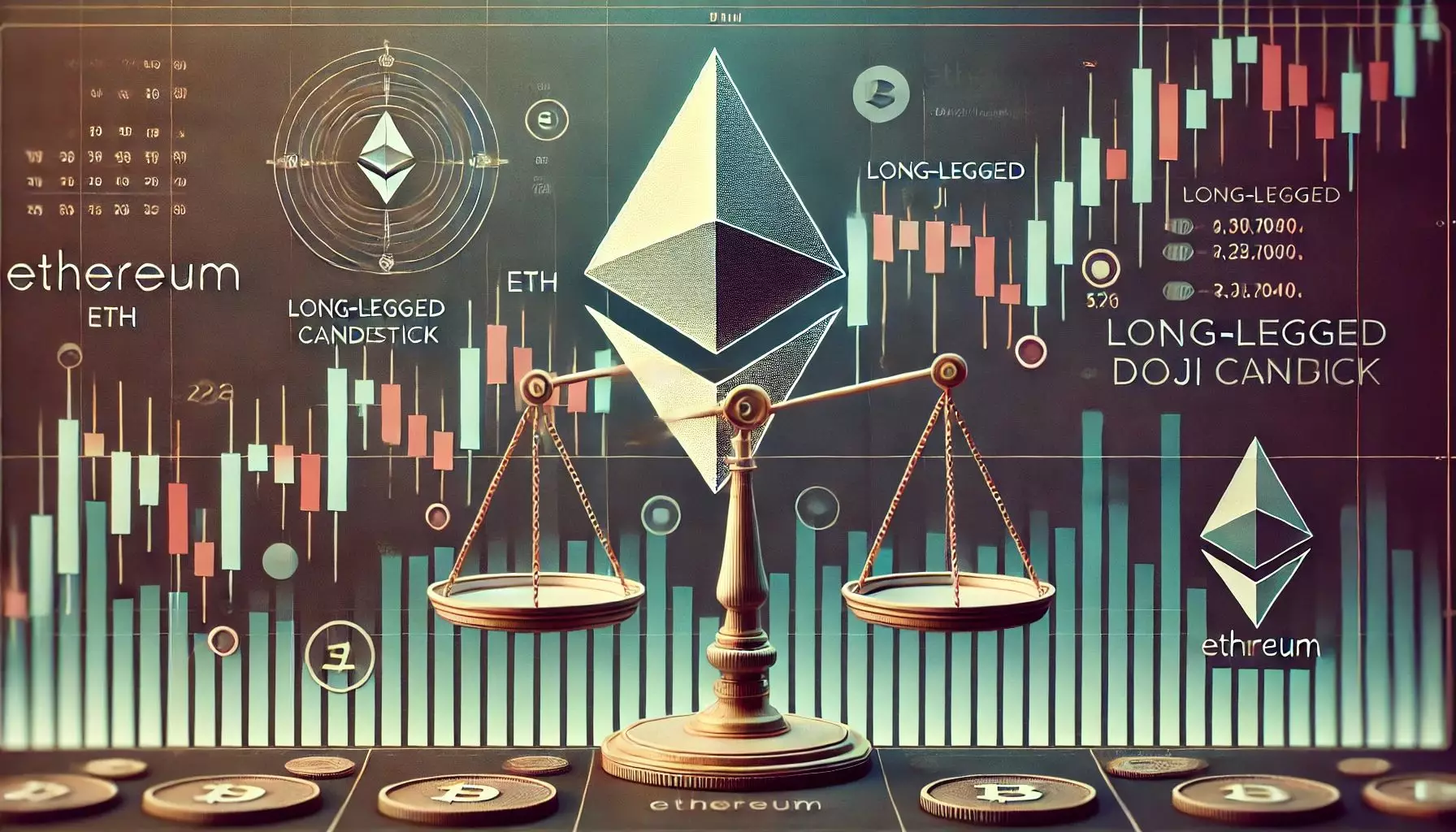Ethereum’s current status in the crypto ecosystem hovers between hopeful and precarious. At around $1,830, it seems to have established a precarious grip above the $1,800 mark, yet it’s crucial to scrutinize this apparent stability within the wider context of market dynamics. While bulls are fiercely attempting to hold their ground, the reality is that the crypto world is notorious for its volatility. A mere shift in sentiment can unravel an entire market. Cryptocurrencies, especially Ethereum, have a history of swaying on public perceptions, technical indicators posted by analysts, and even news cycles.
What does it say when Ethereum is constantly failing to break through critical resistance levels? It signals a sense of indecision, which may not just be a market quirk but a significant red flag. The prevailing atmosphere is more of a nervous standoff rather than an assured optimistic rally. Analysts have pointed out that Ethereum’s performance relative to Bitcoin has been weak, a troubling warning sign suggesting that investors could be favoring Bitcoin or exploring other altcoins, which speaks volumes about Ethereum’s market position and status quo.
The Ticking Time Bomb: Doji Candle Analysis
One of the most telling signs of market indecision is the long-legged Doji candle formation. While celebrated for its potential to signify turning points, this candle may actually serve as a double-edged sword. Sure, it often appears at pivotal moments, but it also highlights unsettling uncertainty among traders. The long-legged Doji that recently formed indicates that neither bulls nor bears could assert dominance in Ethereum, a scenario that typically hints at forthcoming volatility.
The question we should be asking is whether this indecision is merely a prelude to a breakout or a sign of ominous upheaval. As it stands, there exists a genuine risk that Ethereum could plummet if it fails to breach resistance levels around $1,850 or, heaven forbid, fall below $1,750. The market is living on borrowed time; one slip could send the crypto fortunes spiraling into a red abyss, dragging down investors who have emotionally and financially tied their fates to Ethereum.
The Tug-of-War at $2,000: Buyers vs. Sellers
For a meaningful resurgence, Ethereum needs to reclaim the $2,000 level, a critical threshold heavily fortified by previous sellers. Yet what does this tell us about market sentiment? The fierce struggle occurring at these levels reflects a marketplace lacking clear direction. Buyers are hesitant, and sellers are resolute. This stalemate isn’t just detrimental; it breeds an environment rife with fear among investors.
If the bulls triumph and reclaim that $2,000 handle, a flood of renewed buying sentiment could usher Ethereum into a potential rally. However, to breach this resistance requires a resurgence of confidence—a commodity that’s been in short supply lately. A break above this level might evoke euphoria, sending shockwaves of optimism across the community. On the flip side, if Ethereum fails to maintain its price above crucial support lines, we could witness panic selling that rebuffs any remnants of positivity.
Volume Patterns: A Warning Sign
As bullish intentions subtly manifest in higher lows on intraday charts, it should raise eyebrows rather than instill confidence. The volumes during upward movements continue to dwindle, signaling that bullish momentum may not be robust enough to facilitate a sustainable ascent. A market can only rally so long on thin volume before the entire structure collapses under its own weight.
This lack of strong buying interest combined with heavy selling pressure offers an alarming picture. Repeating history, Ethereum could easily find itself revisiting haunting lower support zones around $1,700 or even $1,550. Why? Because a market conditioned to reflect caution will sway either way based on panic rather than logic.
The Macroeconomic Influence: A Looming Darkness
Macroeconomic uncertainty casts a long shadow over Ethereum’s potential for recovery. The looming specter of market shifts driven by external variables like inflation, regulatory discussions, and geopolitical tensions further complicate Ethereum’s path. For traders, these factors only serve to heighten the sense of unpredictability. Cryptocurrency was initially envisioned as a solution outside traditional financial systems, yet the reality is that it now dances to the tune of these larger economic forces.
Ultimately, while Ethereum’s current range of $1,750 to $1,850 may provide a semblance of stability, it is important to remain vigilant. The possibility of significant financial upheaval is ever-present, and the price could swing as swiftly as public sentiment.

